8 Drowsy Driving Statistics and Facts: 2025 Update
-
Pete Ortiz
- Last updated:
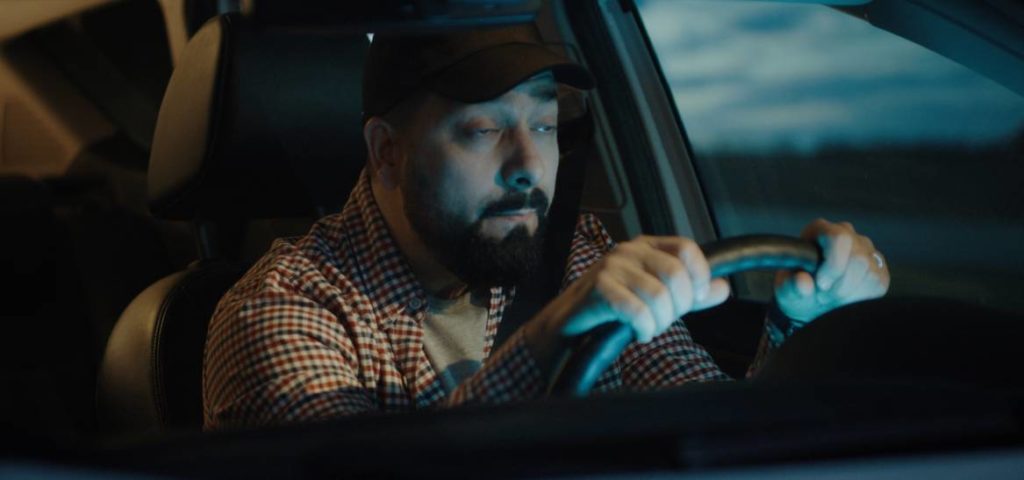
Note: This article’s statistics come from third-party sources and do not represent the opinions of this website.
If we go with the Center for Disease Control and Prevention definition, drowsy driving is the act of operating a motor vehicle in a state of cognitive impairment, due to lack of sleep. Some sources, however, simply refer to it as sleep-deprived driving or driving while micro-sleeping.
But regardless of what definition you choose to go by, the fact that drowsy driving claims thousands of lives annually, is a fact that won’t ever change.
Click below to jump ahead:
- Demographics of drowsy driving
- Correlation between resting & drowsy driving
- Cost of drowsy driving & prevalence
 The 8 Top Drowsy Driving Statistics & Facts
The 8 Top Drowsy Driving Statistics & Facts
- 71% of motor vehicle accident fatalities involve male drivers.
- Three population groups are overrepresented in accident reports.
- 35.2% of adults in the US don’t get the recommended 7 hours of sleep per night.
- Risk of crashing is 11.5x higher if the driver only slept for 4 hours.
- Mild sleep deprivation is equivalent to a 0.1% blood alcohol content level.
- Society spends $109 billion annually on drowsy driving.
- There’s at least 1 drowsy driver in every 25 adult drivers.
- Fatigued driving prevalence is 350% greater than what’s reported.
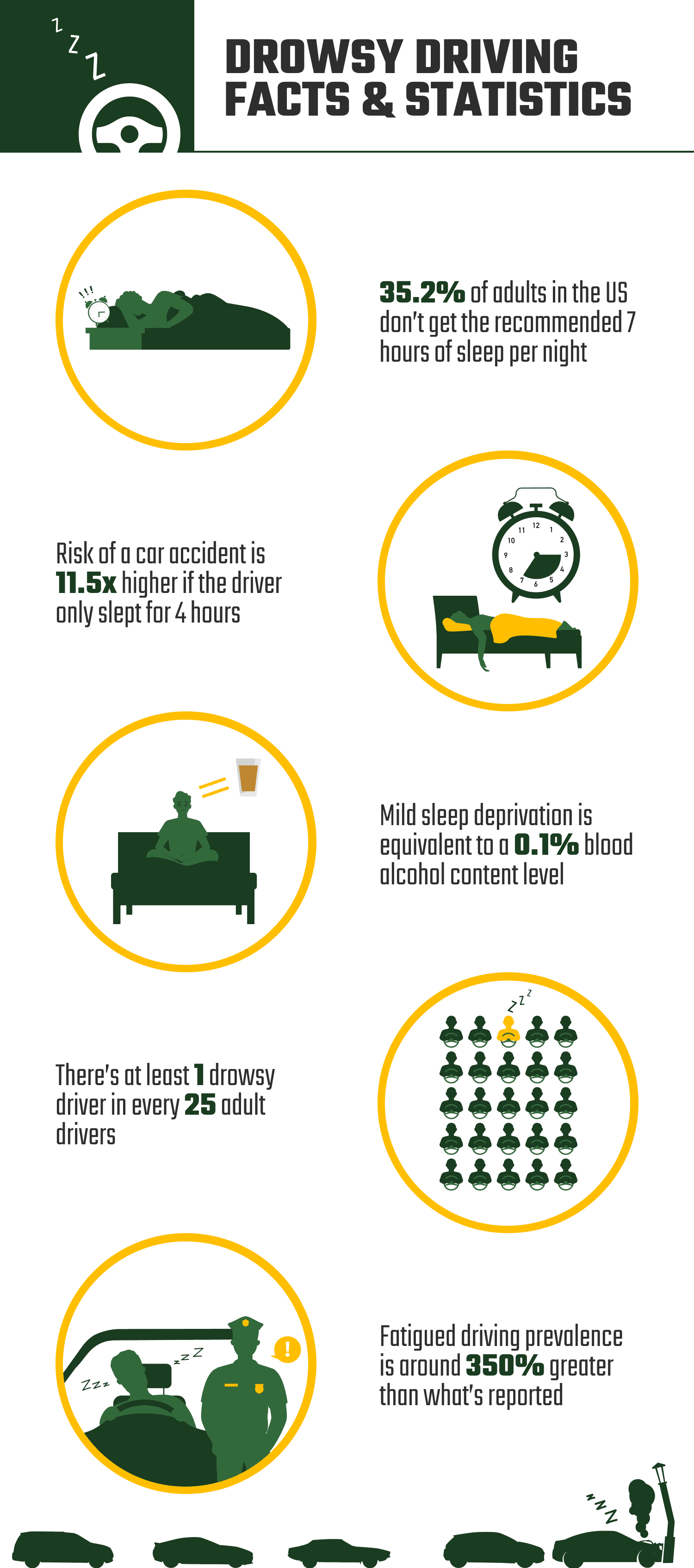
The demographic of drowsy driving
1. 71% of motor vehicle accident fatalities involve male drivers
(IIHS)
Data collected by the Insurance Institute for Highway Safety is now starting to show a pattern. When it comes to the number of lives lost based on gender, men are overrepresented.
Some researchers believe this could be explained by the fact that the men drive more miles and hours in comparison to women, but we are of a different opinion. We could be wrong, but we think it’s because they are naturally wired to be more open to taking risks.
If you find this hard to believe, go ahead and check out the severity of crashes involving male drivers. You’ll immediately realize that the reports describe the incidences in grimmer details, as opposed to those involving female drivers.
Ironically, if both genders were involved in the same accident, the female’s survival rate is lower than that of the male.
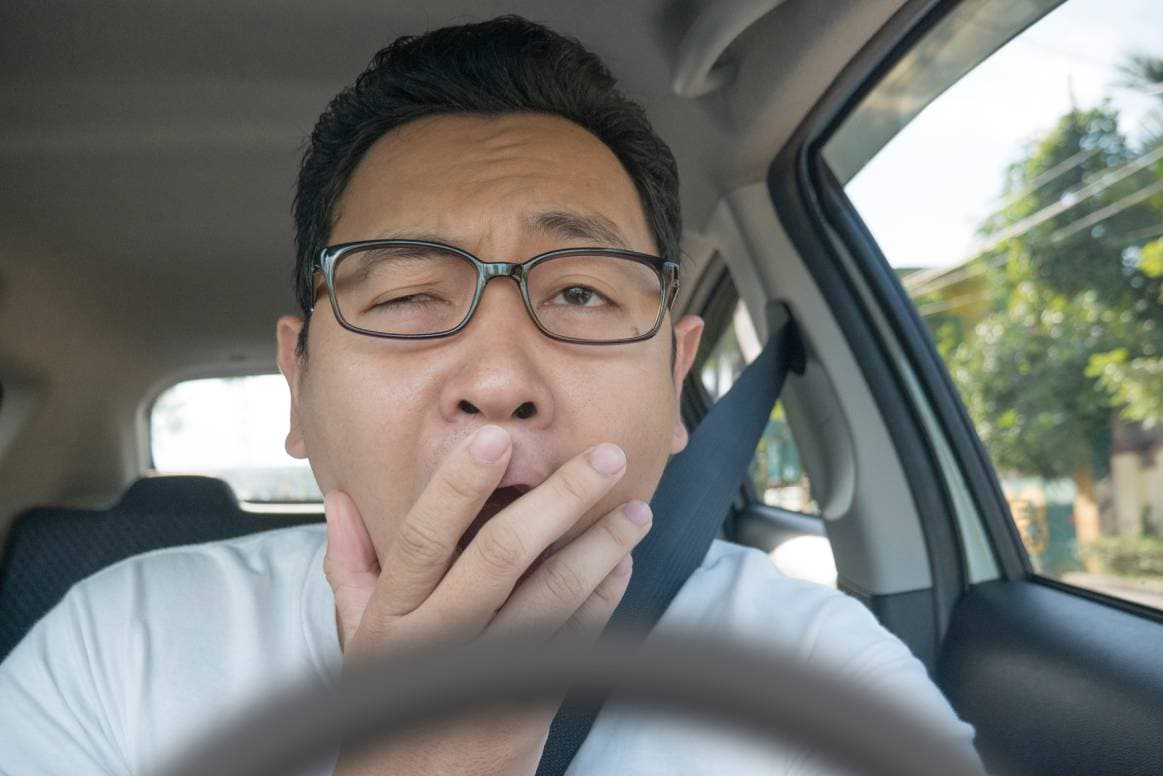
2. Three population groups are overrepresented in accident reports
(NHTSA)
The National Highways Traffic Safety Administration gave us a different statistic. Their data highlighted three groups that were most affected by this menace to society.
- Drivers with undiagnosed sleeping conditions such as narcolepsy and sleep apnea syndrome.
- Drivers under 25 years old
- And individuals who work more than one shift
Teenagers are especially at risk because they are usually inexperienced, and always have that itch to take bigger risks, their crash risks are exponentially higher.
Those working different shifts attribute drowsy driving to fatigue and sleep deprivation—the two common factors often blamed on a stressful economy.
Sleep apnea is not the same as narcolepsy, in case you are wondering. Although both of them are neurological disorders, the latter is considered to be more dangerous. It makes people fall asleep in a snap, and experience terrifying hallucinations.
3. 35.2% of adults in the US don’t get the recommended 7 hours of sleep per night
(CDC)
The Center for Disease Control and Prevention just confirmed what we’ve been suspecting all along—a significant number of US residents don’t get the recommended 7-hour sleep. And that’s why drowsy driving is always represented in our annual accident reports.
The National Sleep Foundation also did a survey, and found out that the number of people sleeping less than 8 hours per day has drastically increased over the decade. When asked why that is, the research participants laid blame on the demands of modern life and economic stress.
We dug deep, and found a similar report from the American Psychological Association. The contents were somehow different, but nonetheless, it gave a summary account of how the sporadic changes in society are the root cause of the stress we’re grappling with. Of the 7000 respondents that were interviewed, 52 percent admitted to experiencing financial anxiety.

Correlation between resting & drowsy driving
4. Risk of crashing is 11.5x higher if the driver only slept for 4 hours
(AAA Foundation)
The AAA foundation conducted their own research, and made some interesting discoveries as well. From what we understood, if you sleep for only five hours, the odds of you getting involved in an accident automatically quadruples. And to put that into context, it’s the same risk as the one highlighted by the NHTSA whenever they are discussing the effects of drunk driving.
- Anything below 4 sleeping hours equates to 11.5 times the risk of crashing
- If it’s below 5, but more than 4 hours, you’ll have 4.3 times the risk of crashing
- Assuming it falls between5 to 6 hours, it will be 1.9 times the risk of crashing
- Six to seven hours isn’t that bad, but it will still get you 1.3 times the risk of crashing
5. Mild sleep deprivation is equivalent to a 0.1% blood alcohol content level
(Sleep Foundation)
Sleep Foundation reported that drowsy driving is similar to alcohol-impaired driving in the sense that the drowsiness usually affects the driver’s attention span, and decision-making capabilities. They say if an individual goes for 18 hours straight without sleep, the effects felt will be the same as that of having a blood alcohol content level of 0.05 percent.
Coordination will become a problem, they won’t be vigilant, their reaction time will be slow, and they’ll never be able to objectively assess a situation.
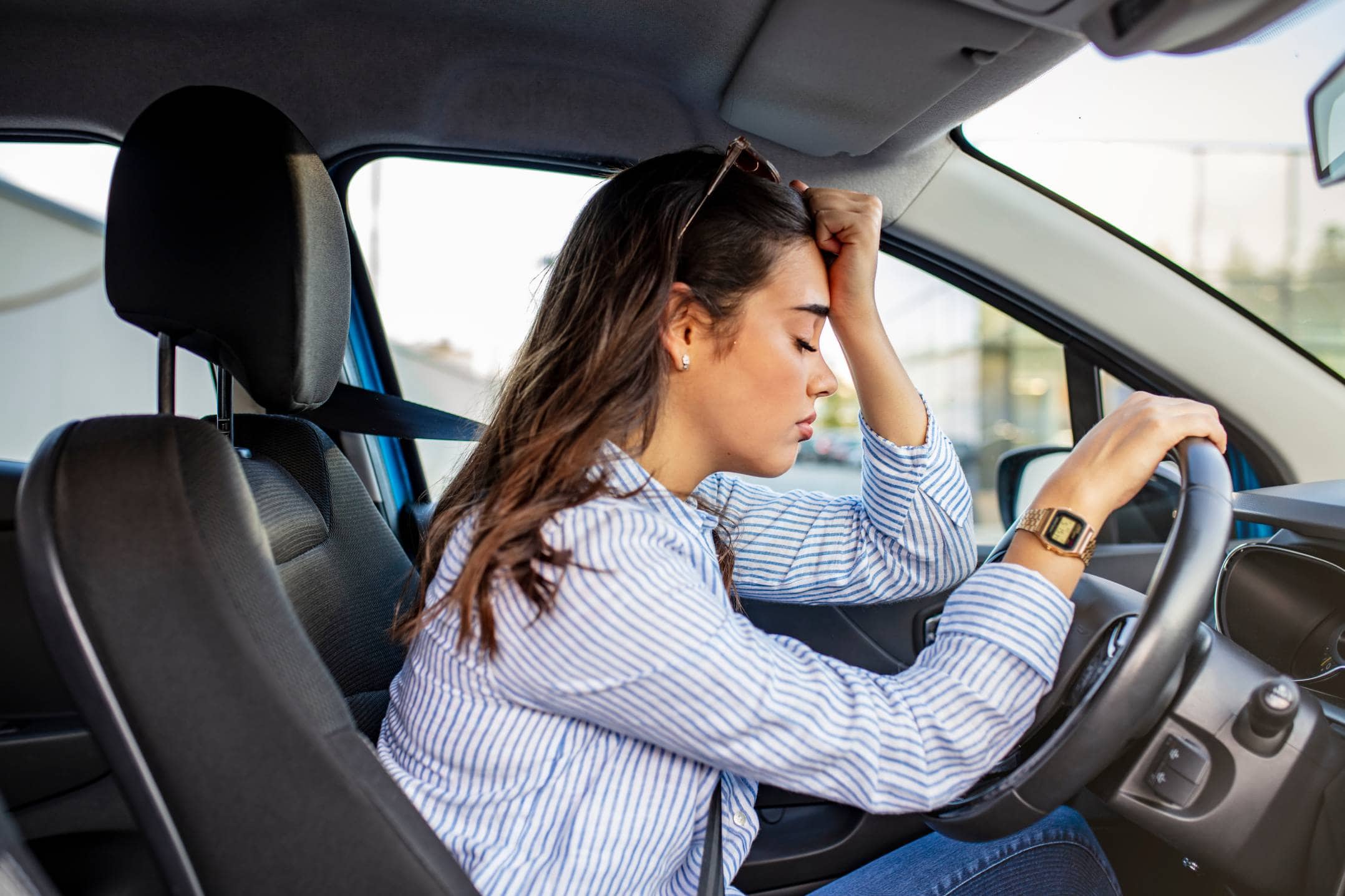
Cost of drowsy driving & prevalence
6. Society spends $109 billion annually on drowsy driving
(NSC)
According to the National Safety Council, drowsy driving is responsible for approximately 6,400 fatalities per year, 71,000 injuries, and close to 328,000 crashes. These figures are acutely distressing, but what caught our attention is how fast they keep on rising every year.
The Governors Highway Safety Association released a report that shaded light on drowsy driving as a serious road safety concern in the country. The title of the report was “Wake Up Call! Understanding Drowsy Driving and What States Can Do,” and it talked about 83.6 million drivers who have no problem getting behind the wheel knowing so very well that they are sleep-deprived.
There was also a section that revealed the amount of money we spend annually to bury our loved ones—spoiler Alert! It was109 billion dollars.
7. There’s at least 1 drowsy driver in every 25 adult drivers
(CDC)
For every 25 participants interviewed at the Center for Disease Control and Prevention, one admitted to drowsy driving. What was more shocking was the fact that they thought it was more or less like a misdemeanor and not something to be taken seriously. This is something that we fail to understand:
For some reason, people seem to think nodding off for a couple of seconds while driving is okay. What they don’t know is, it only takes a few seconds to cover more than half of a football pitch. Just imagine the distance that you’ll end up covering, if you were drowsy driving at 60 miles per hour, for 30 seconds. Don’t you see how terrifying that is?
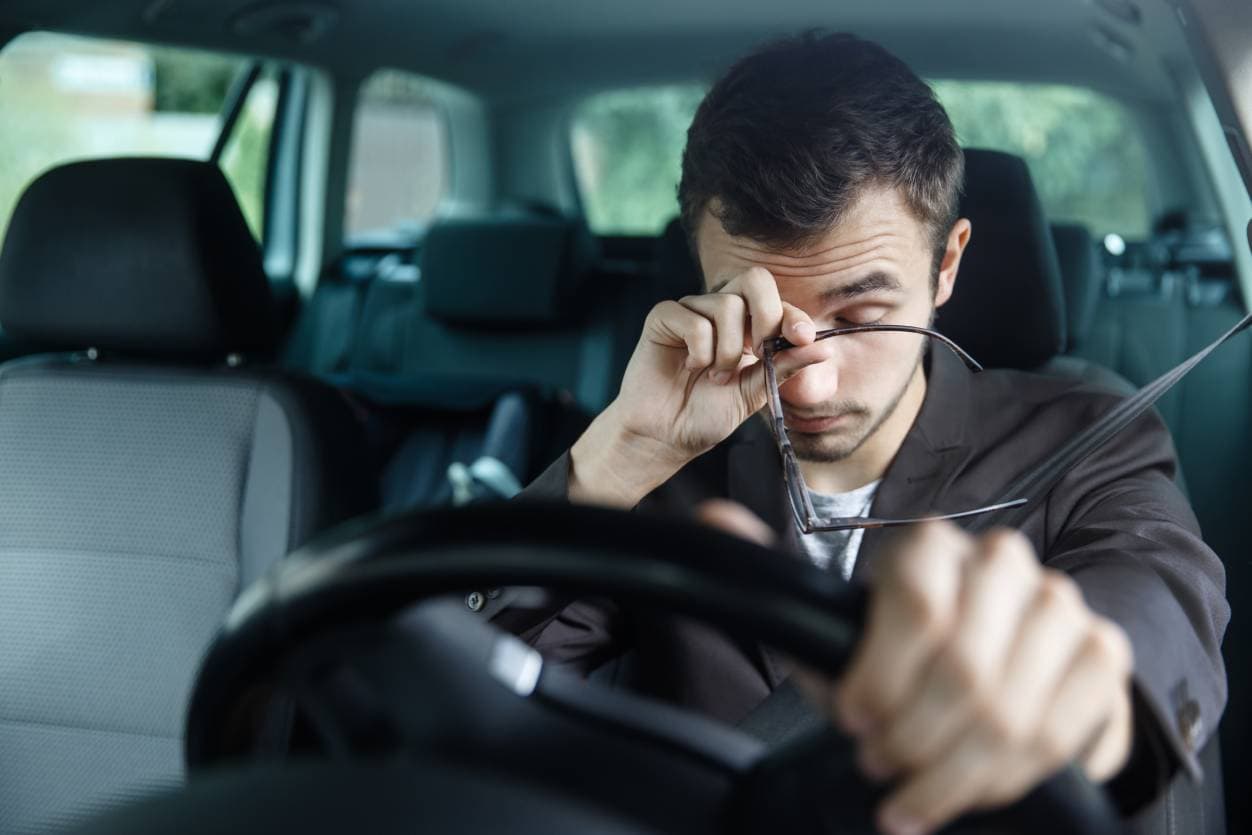
8. Fatigued driving prevalence is 350% greater than what’s reported
(NSC)
After carefully analyzing different accident reports, the National Safety Council representatives believe that the number of fatalities and injuries caused by drowsy driving is higher than what’s actually being reported. They think the authorities attribute drowsy driving accidents to other factors because it’s not easy to distinguish a drowsy driver from one who’s intoxicated.
You’ll see a driver weave back and forth in between lanes, and the first thing that comes to mind is, “This guy must be intoxicated!” Even if the highway patrol stops and tests the alcohol concentration level in his system, they won’t find anything. The driver might see this as an opportunity to give some lame excuse, and be let off with a warning. Only to cause an accident a few miles ahead.
Related Read: 12 Drunk Driving Statistics and Facts in the US
Frequently asked questions about drowsy driving
Is drowsy driving illegal?
(National Conference of State Legislatures)
Yes, driving and nodding off behind the wheel is illegal in 50 states. If by any chance you’re caught by highway patrol, you’ll end up facing charges of reckless or careless driving.
Don’t even think that you’ll be able to get away with it because nowadays, traffic safety authorities treat drowsy driving the same way they handle drunk driving. You’ll never be let off with a warning. Expect a traffic ticket and civil liability should you cause an accident.
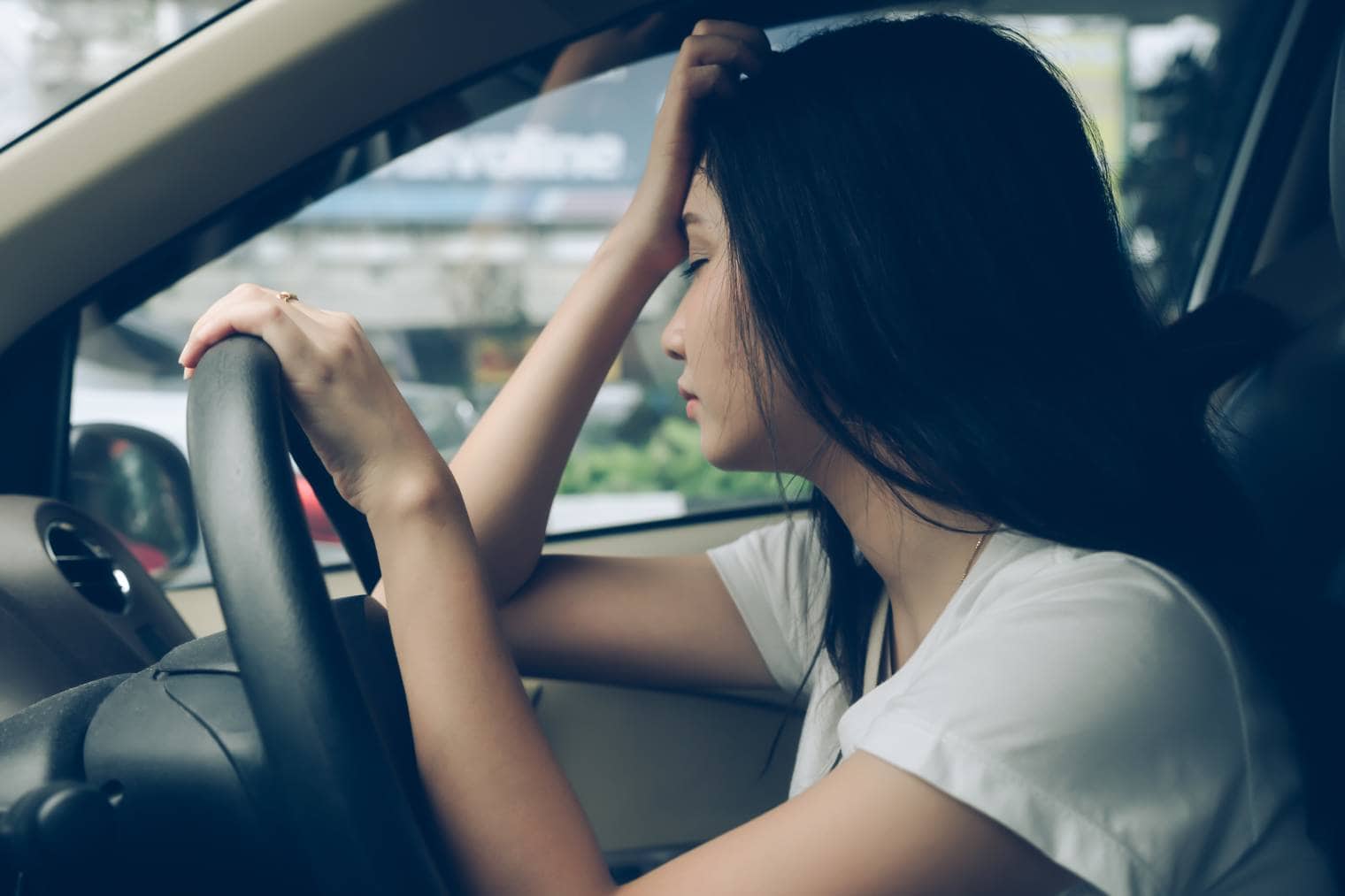
What are the signs of drowsy driving?
- Missing your exit
- Suddenly hitting a rumble strip
- Constant blinking
- Endless yawning
- Weaving between lanes
- Not knowing how long you’ve been on the road
- The need to sing along to a beat just to remain attentive
- Feeling the need to roll down your car windows
How does one stop micro-sleeping when they are behind the wheel?
The best way to deal with the situation is to pull over at a safe place and take a 20 to 30-minute nap. You don’t even have to change seats. Remain at the driver’s seat, as this will make it easier for you to quickly drive away should you suddenly feel unsafe.
If you cannot find a safe place to rest, keep on driving at a low speed, but look for a way to break the monotony.
Researchers argue that an individual’s alertness is often affected by a monotony that lasts for half an hour or more. So maybe you should change the radio station, talk to one of your passengers, or sing along to some great music.
Alternatively, you could have several cups of caffeinated drinks.
Is drowsy driving a mental condition?
(US National Library of Medicine)
To answer this question, you first have to understand what a mental condition is.
Also referred to as mental health disorders—or simply mental illnesses—mental conditions are disorders that affect how we think, behave, and feel. Examples include anxiety disorders, eating disorders, major depressive disorders, and addictive behaviors.
Drowsy driving is a risky-behavior, but not a mental condition. It’s a behavior that can be influenced directly or indirectly by mental illnesses.
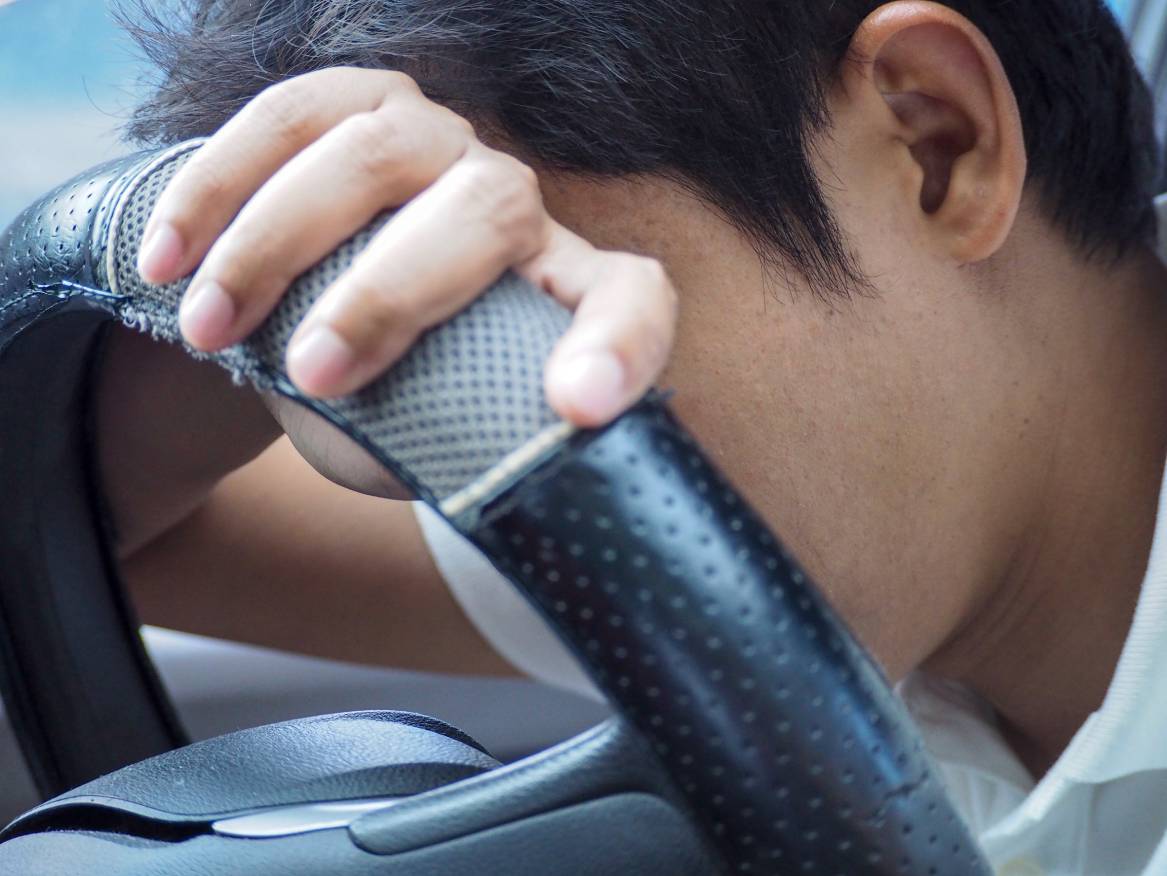
Is drowsy driving as bad as drunk driving?
(AAA Foundation)
The AAA foundation certainly thinks so. And we agree because the number of fatalities being recorded year in year out never goes down. Also, it kills more young people than drunk driving, seeing as the legal age of drinking is 21 while that of driving is 16.
Related Read: 10 Drunk Driving vs. High Driving Statistics and Facts
 Conclusion
Conclusion
We’ve gotten to the end of the road, folks. That’s all the statistics and facts that we had to share with you today. As usual, you can always reach out with questions about drowsy driving should you have any.
Help us spread the word, and we’ll all be able to save more lives.
You might also be interested in: 10 Texting and Driving Statistics and Facts in the US
Featured Image Credit: Frame Stock Footage, Shutterstock
Contents

 The 8 Top Drowsy Driving Statistics & Facts
The 8 Top Drowsy Driving Statistics & Facts
